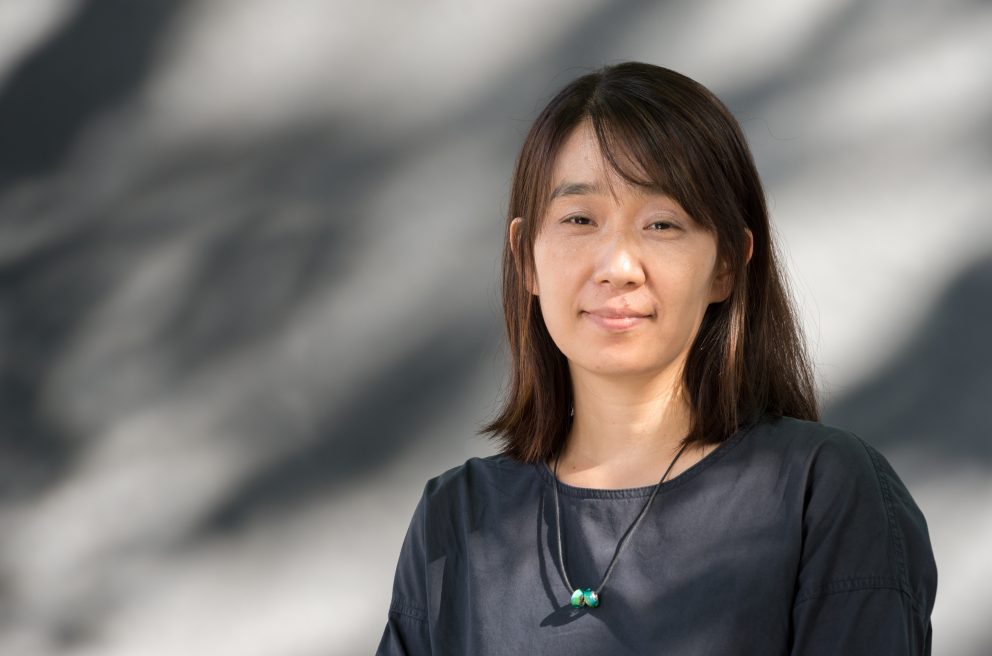Gujarat's Groundbreaking Semiconductor Policy 2022-2027: Paving the Path for India’s Semiconductor Self-Reliance
The Gujarat government has launched India's first Gujarat Semiconductor Policy 2022-2027, marking a major step toward semiconductor self-reliance. Spearheaded by Chief Minister Bhupendra Patel, this ambitious initiative aims to establish Gujarat as a prominent player in India’s semiconductor landscape, driven by the newly established Gujarat State Electronics Mission.
Major Projects Transforming Gujarat’s Semiconductor Industry
Under this visionary policy, significant investments are reshaping Gujarat's semiconductor capabilities. Recently, Chief Minister Patel inaugurated the construction of Micron’s advanced semiconductor ATMP (Assembly, Test, Mark, and Pack) plant in Sanand, an enterprise worth over ₹22,500 crore. This plant is a pivotal development under the Gujarat Semiconductor Policy, symbolizing the state's drive toward advanced semiconductor assembly capabilities.
In addition, Tata Electronics Private Limited (TEPL) and Taiwan’s Powerchip Semiconductor Manufacturing Corporation (PSMC) have committed to establishing India’s first AI-enabled semiconductor fabrication facility in Dholera’s planned "Semicon City." This monumental project, valued at more than ₹91,000 crore, signifies Gujarat's strategic alignment with AI-enhanced semiconductor production and is expected to drive substantial economic growth.
Expanded Infrastructure with OSAT and High-Capacity Chip Production Facilities
The policy also supports new ventures by CG Power and Renesas, who are jointly setting up a state-of-the-art Outsourced Semiconductor Assembly and Test (OSAT) facility in Sanand, totaling an investment of ₹7,500 crore. This facility will bolster Gujarat’s semiconductor testing and packaging infrastructure, essential for producing high-quality, globally competitive semiconductor products.
Additionally, Kaynes Semicon has received government approval to build a semiconductor production plant in Sanand with an anticipated daily output of 6 million chips. Backed by an investment of ₹3,300 crore, this facility is expected to further advance Gujarat's semiconductor manufacturing capacity, generating a substantial number of highly skilled jobs.
Incentives and Financial Support for Semiconductor Investments in Gujarat
Recognizing the intensive capital requirements of the semiconductor industry, Gujarat’s Semiconductor Policy provides a variety of financial incentives to encourage investment. These include:
- 40% Capital Expenditure Subsidy: A unique incentive offered by Gujarat to assist with high upfront costs.
- 100% Stamp Duty and Registration Fee Refund: A one-time refund of all stamp duty and registration fees for semiconductor businesses.
- Energy and Water Subsidies: A subsidy of ₹2 per unit on electricity and water provision at a competitive rate of ₹12 per cubic meter.
- Land Acquisition Subsidy: Up to 75% land acquisition subsidy for semiconductor units established in Dholera, promoting the development of the Greenfield Smart City as India’s first "Semicon City."
These financial incentives, designed to reduce costs and encourage large-scale semiconductor production, are bolstering Gujarat’s position as a top destination for high-tech investments.
Dholera’s Semicon City: A Strategic Hub for India’s Semiconductor Ambitions
The policy’s focus on Dholera as India’s first Greenfield Smart City adds a strategic layer to Gujarat’s semiconductor ambitions. Branded as Semicon City, this area is specifically designed to attract semiconductor manufacturing and fabrication investments. As part of this vision, Dholera aims to foster an ecosystem that supports the semiconductor supply chain, research, and technological advancement, positioning it as a pivotal center for India’s semiconductor industry.
Significant Investment Commitments Drive Employment and Economic Growth
Gujarat’s semiconductor initiatives have already attracted commitments from four major industry players, with a cumulative investment of ₹1.24 lakh crore. This wave of investment is expected to generate approximately 53,000 jobs, offering a substantial boost to local employment and skill development in high-tech fields.
Alignment with India’s National Semiconductor Mission
Gujarat’s state-level efforts align seamlessly with the India Semiconductor Mission, introduced by the central government in 2021 with a budget of ₹76,000 crore. This mission aims to strengthen domestic semiconductor production, meeting rising demand across sectors such as telecommunications, automotive, consumer electronics, and data centers. As of 2020, India’s semiconductor market was valued at $15 billion and is anticipated to exceed $63 billion by 2026, demonstrating the potential for exponential growth in the coming years.
Conclusion: A New Era of Semiconductor Development in Gujarat
With the Gujarat Semiconductor Policy 2022-2027, the state is setting a new standard for semiconductor development in India. By fostering significant investment, offering substantial financial support, and creating specialized infrastructure like Semicon City, Gujarat is positioning itself as a powerhouse for semiconductor innovation. The policy not only supports India’s goal of self-reliance but also aligns with global industry trends, ensuring that Gujarat plays a leading role in the country’s technology-driven future.


